Luminox Audio Sapphirus Cable for IEMs – Bright Blue Sky Sound
Luminox Audio Sapphirus is a $200 USD cable for IEMs and Earphones, designed as part of their gemstone series, and it features a 6N Silver Plated OCC Copper x 2 and 4N Silver plated Copper*4 configuration. Today we will explore how it pairs with certain IEMS, including Campfire Cascara. Since this one has an MMCX connector in the variation that we have, it is not natively compatible with most IEMs that we have reviewed to date, but we do have adapters, so we will add comparisons with ddHIFI BC125A (229 USD), STE AG W16 (580 USD), and Oriveti Affinity II Modular Cable (299 USD).

Introduction
Luminox Audio is quickly gaining ground as a cable company as more and more fans and music lovers ask me about their cables and to review more of their products, as a more colorful alternative to the traditional IEM cable that most companies design. As an Amazon Influencer, I earn from qualifying purchases, and using the purchase links in my reviews helps me maintain this website and Youtube Channel. Luminox Audio has provided the sample for this review, in exchange for my honest opinion.
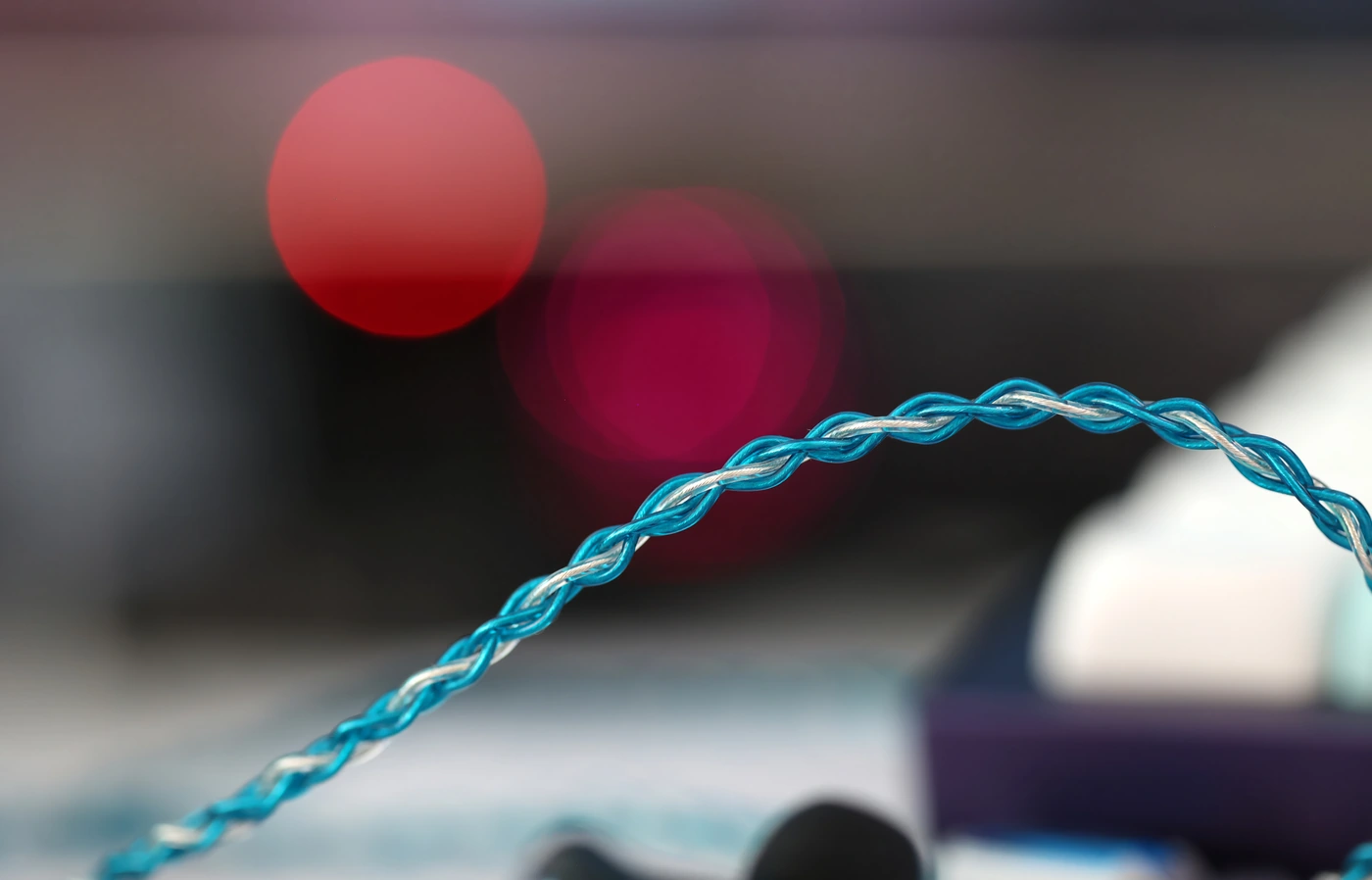
PROs – Widens the soundstage, opens up the treble, and makes the sound more fluid, taking away the fatiguing parts from all songs, increasing the fun factor and how pleasing each song sounds like. There is a tightening effect on the bass, increasing the impact and lowering bloom.
Cons – Can make an already bright IEM too bright.
Product Link
You can grab one here – https://amzn.to/3x5n1eH
Build Quality/Aesthetics/Fit/Comfort
Luminox Audio has multiple models, and we have reviewed the Rubeus, with Sapphirus being a very similar cable, but with a blue color instead of the deep red found on the Rubeus. When ordering Luminox Audio cables, you can always opt for a different connector, ours being in a 4.4mm balanced connector design.
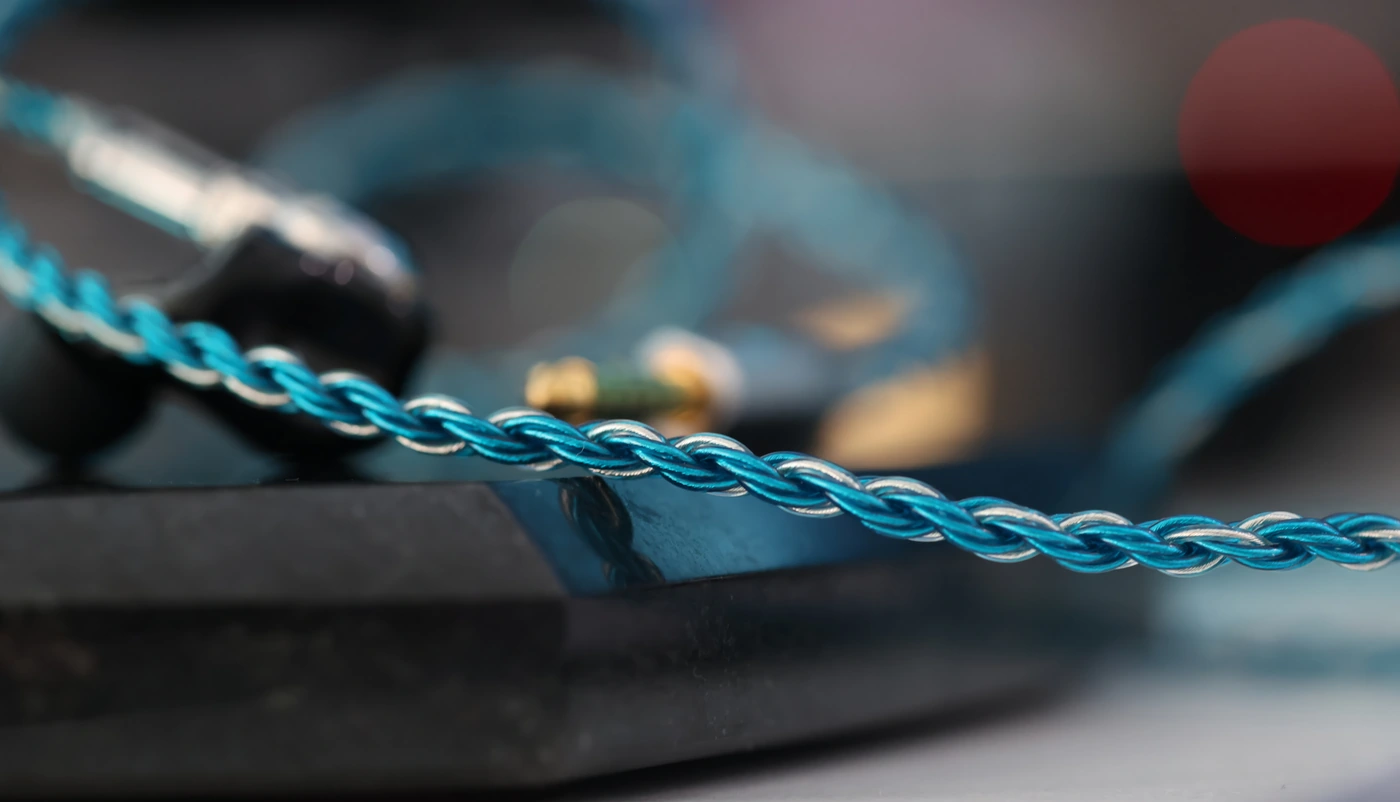
The inner conductor configuration is different too, and Sapphirus uses only Silver Plated Copper, in 6N x 2 and 4N x 4, compared to the 6N Pure Copper x 2 + 4N x 4 Silver Plated copper found on the Rubeus. The IEM connector can be selected from a long list including MMCX, 2-Pin, UE IPX, FitEar, Pentaconn and qdc, while the jack can be either 4.4mm balanced, 2.5mm balanced or 3.5mm single ended in design.
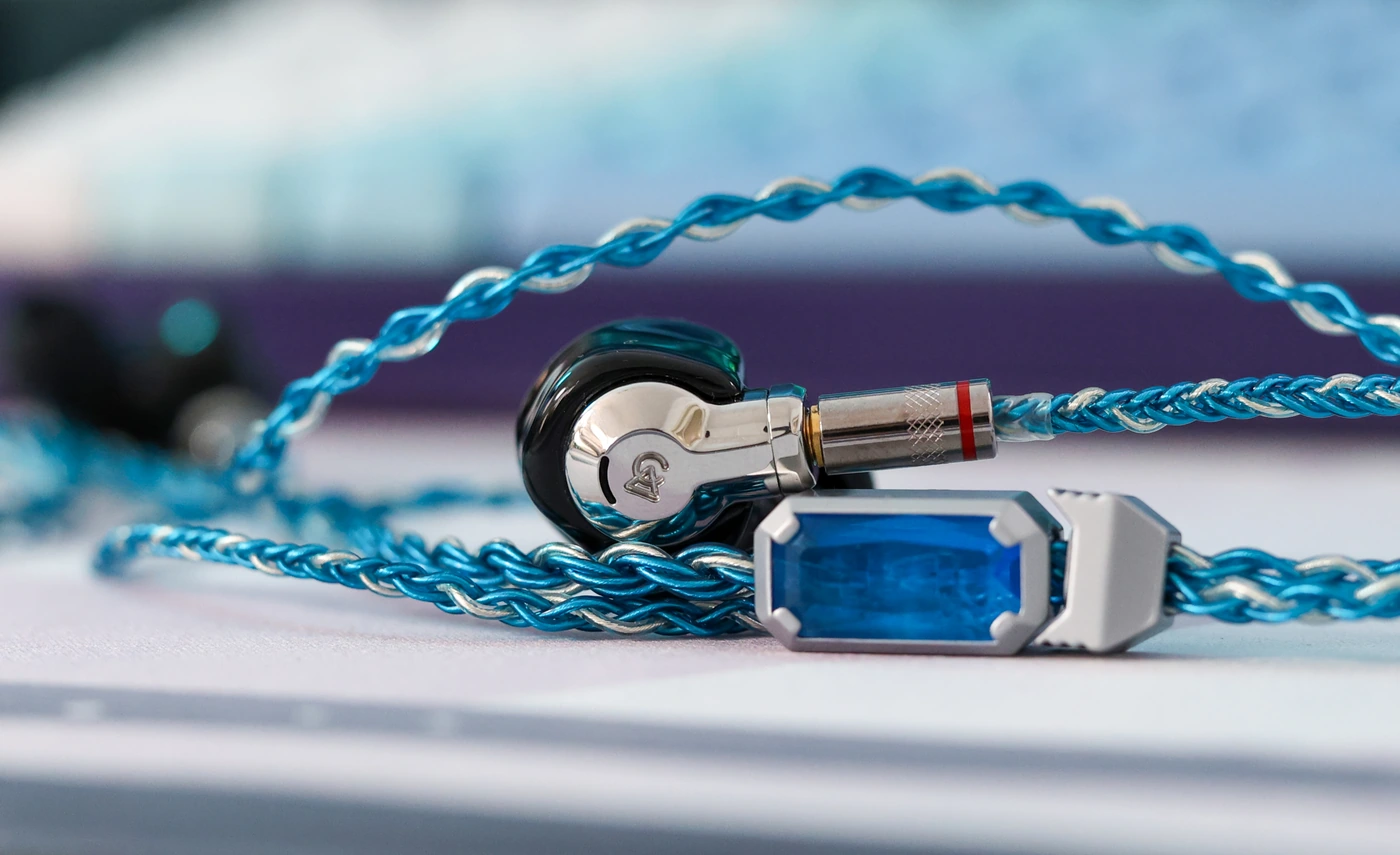
Sapphirus tells a story, and when you first see it you realize how beautiful it actually looks, having a white and blue braiding, with a righter braiding above the Y split than below. This kind of construction is effective at removing the microphonic noise, the cable is not one bit tangle prone and presents no memory effect. The part that winds around your ear is actually not covered in any kind of plastic, despite hope it looks like in the photos on the Luminox website, and it actually offers what I am willing to call the best comfort I’ve ever had with a cable. Although there is a texture to the cable braiding, it is generally more comfortable than the ear guides found on most cables, and it keeps the IEMs in your ears, compared to most cables that have a tendency to push out the IEMS from your ears, thanks to their ear guides not conforming perfectly to your ear shape and size.

The MMCX connector is standard and it will fit all IEMs with it, including Campfire Cascara, Campfire Bonneville, and most of the Campfire IEMS I have in for review, but it is a tight fit with Sennheiser Ie900 in particular, which has a plastic guard around the MMCX connector which does not allow most universal MMCX cables to fit in. For today’s review I have mostly used Campfire Cascara and Bonneville as the cable has best synergy with those, plus a selection of sources including iBasso DX260, ibasso DX180, Hiby R4, Creative Sound Blaster X5, Dethonray Listening M1, and FiiO K9 PRO ESS.
Sound Quality
Overall Signature – My first reaction when pairing the Campfire Cascade with the Sapphirus was to ask Mary whether the sound is playing on the speakers or in my IEMS, that’s about how open and airy the sound can get with it. This being said, the cable has a smoother transient, less fatiguing sound and a tighter bass. It makes the whole sound more precise, and seems to make the background noise less audible with all sources. All in all, the sound feels tighter, smoother, more open and more airy at the same time. The differences that you will hear with a cable can vary greatly from minute improvements all the way to some significant improvements, depending on synergy, how sensitive you are to those changes and what you’re looking for as well.

Bass – The bass gains a tighter, more precise feeling to it. The quantity does not seem to be reduced, but the impulse response seems to be faster, Sapphirus creates more impact and more punch in the sub-bass, all while unveiling the upper bass from the bloom it typically has with IEMs that have a stronger 90 Hz – 120 Hz range.

Midrange – The midrange is clean and crisp, with a smoother texture, and a more musical presentation. The detail and resolution is actually improved here, as details and micro information is more cohesive and more coherent, every little aspect of music makes more sense, and layering is improved, by the virtue of the sound being more cohesive.

Dynamics / PRaT / Textures – The dynamics of most IEMs is improved, there is more difference between the louder and quieter parts, and the texture gets smoother and less fatiguing. The general feeling is that of refinement and authority, of a more mature and generally pleasing sound. There is less grain and the sound is more fluid and more cohesive.

Soundstage – while the soundstage seems to be pretty much the same when adding the Sapphirus, the biggest difference I noticed has been in the overall brightness and air of the sound, which often aids in creating a holographic and wide sound. Spatiality, especially in the midrange is improved. The overall layering is improved too, thanks to how much you understand and hear in each song, so background instruments make more sense.
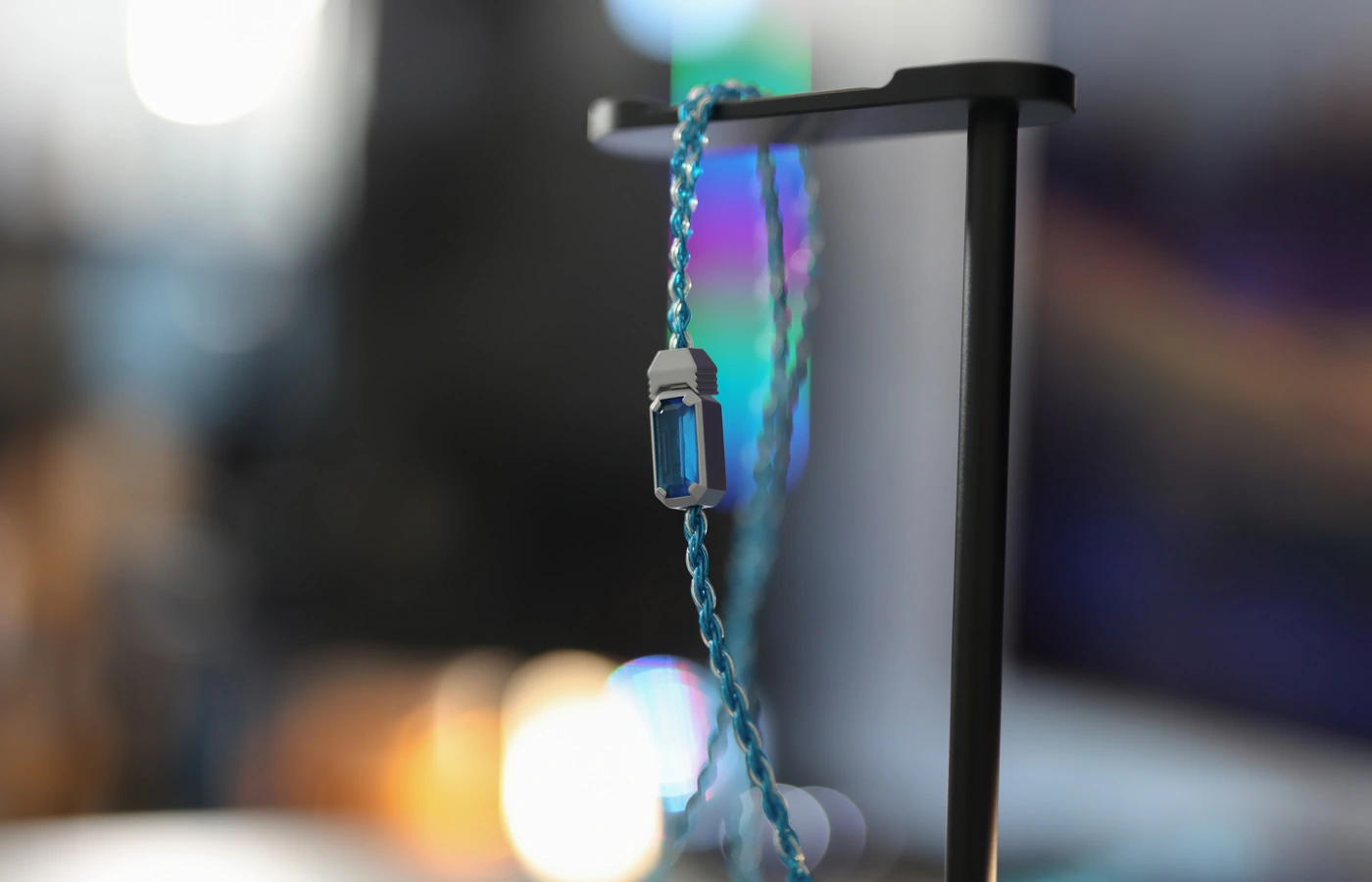
Treble – This is where the sound of the Sapphirus is most remarkable, as it widens and opens up the treble, adds more brilliance and sparkle to voices, instruments, opens up the upper midrange and the treble, giving more strength, emotion and life to pianos. There’s a good sense of air and brilliance with all songs, and especially for a darker, smoother sounding IEM, it can improve on the perceived resolution and soundstage quite a lot, but I would not pair the Sapphirus with a bright sounding IEM, as it may increase the treble expressivity a bit too much.
Comparisons
Luminox Audio Sapphirus vs ddHIFI BC125A (200 USD vs 229 USD)
Build – Sapphirus is more supple, more flexible and isolates well against microphonic noise, while BC125A is more sturdy and feels more resilient. I prefer the less springy and more flexible nature of the Sapphirus for ergonomics, it looks a bit more artsy, and more flashy, while BC125A looks more natural for an IEM cable, but weighs down the IEMs, which slightly reduces comfort.
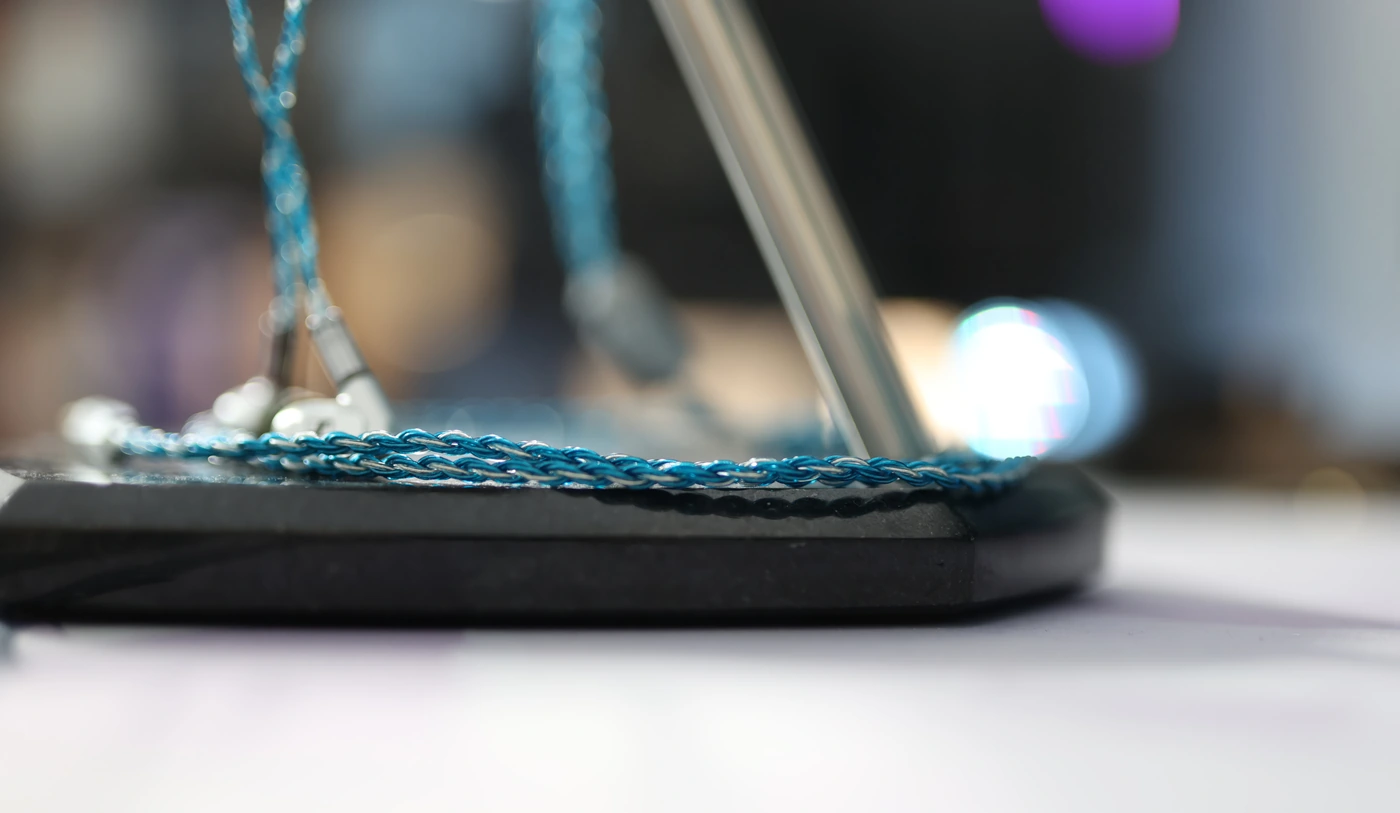
Sound – Sonically, both are quite capable in details and dynamics, but BC125A tends to sound smoother and warmer, makes the bass bigger and sloppier, while Sapphirus makes the bass tighter, faster and more precise, and brightens up the sound a bit, all while smoothing the transients a bit, to provide a cleaner texture and a more enjoyable sound to the listener. The soundstage is a bit deeper on the BC125A, but wider and more holographic on the Sapphirus.
Luminox Audio Sapphirus vs STE AG W16 (200 USD vs 580 USD)
Build – STE AG W16 looks a bit more solid, but changing the materials mid way creates two distinct microphonic noises, and while they are not very loud, Sapphirus is much quieter in wearing. The cable quality is about equal, I slightly prefer the more flexible Sapphirus, and the two different sheathing design of the STE makes it a bit confusing to use, and more tangle prone.

Sound – Sonically, STE AG W16 sounds brighter, to the point where it can introduce a bit of grain and too much sharpness in the sound, while Sapphirus opens up the treble, a bit more naturally. The dynamics are about equal and so is the resolution, but if your IEMs are really dark, and really smooth, AG W16 will brighten them up really well, while Sapphirus is more natural and will work with most IEMs well, without making as drastic of a change to the original tuning, being more easy to recommend for a generalist IEM.
Luminox Audio Sapphirus vs Oriveti Affinity II (200 USD vs 299 USD)
Build – Oriveti Affinity is a good cable, modular even, flexible and not tangle prone, but the Y split part is quite heavy, and the entire cable is quite a bit heavier than the Sapphirus. The modular jack is an advantage, and it looks ergonomic, but Sapphirus has a lower noise, as the Y split brushes less against my clothes, and the IEM connects get a tighter braiding right before, resulting in a better fitting of the IEMs inside of my ears.
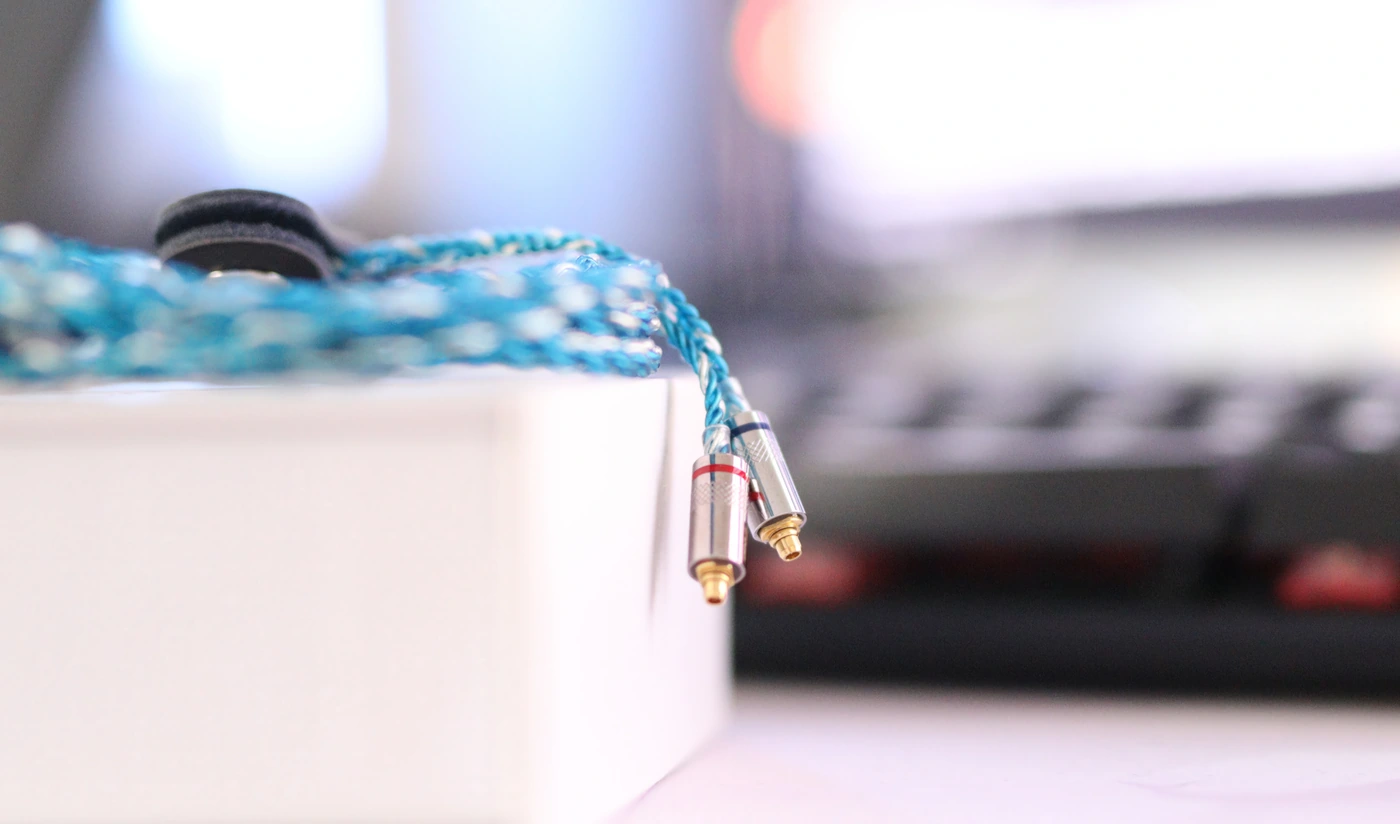
Sound – Sonically, Affinity is really flat and transparent, it doesn’t have any significant change on the sound, except for a slightly smoother transient and a slight increase in transparency / resolution. Sapphirus does have more of a signature and tuning, it brightens up the sound more, opens up the soundstage, creates more width and space, and makes the textures smoother, all while tightening up the bass, being quite awesome at improving an already warm and thick sounding IEM to become more open, tighter and to gain an audibly better resolution. The rule here is simple, Affinity is for those who like their IEMs, but want a more ergonomic cable, and an improvement in clarity, while Sapphirus for those who want to delve into fine tuning their IEMS.
Value and Conclusion
With a price tag of just 200 USD, Sapphirus is one of the more affordable cables on the market, and for a product that looks this good, and which feels so nice while being worn, the price is really fair. I would purchase it for a pricier IEM, but it can open up and improve the sound on a darker and bassier IEM regardless of the price. You don’t have to get an MMCX variant as I did and you can grab 2-Pin, qdc or any connectors you need.
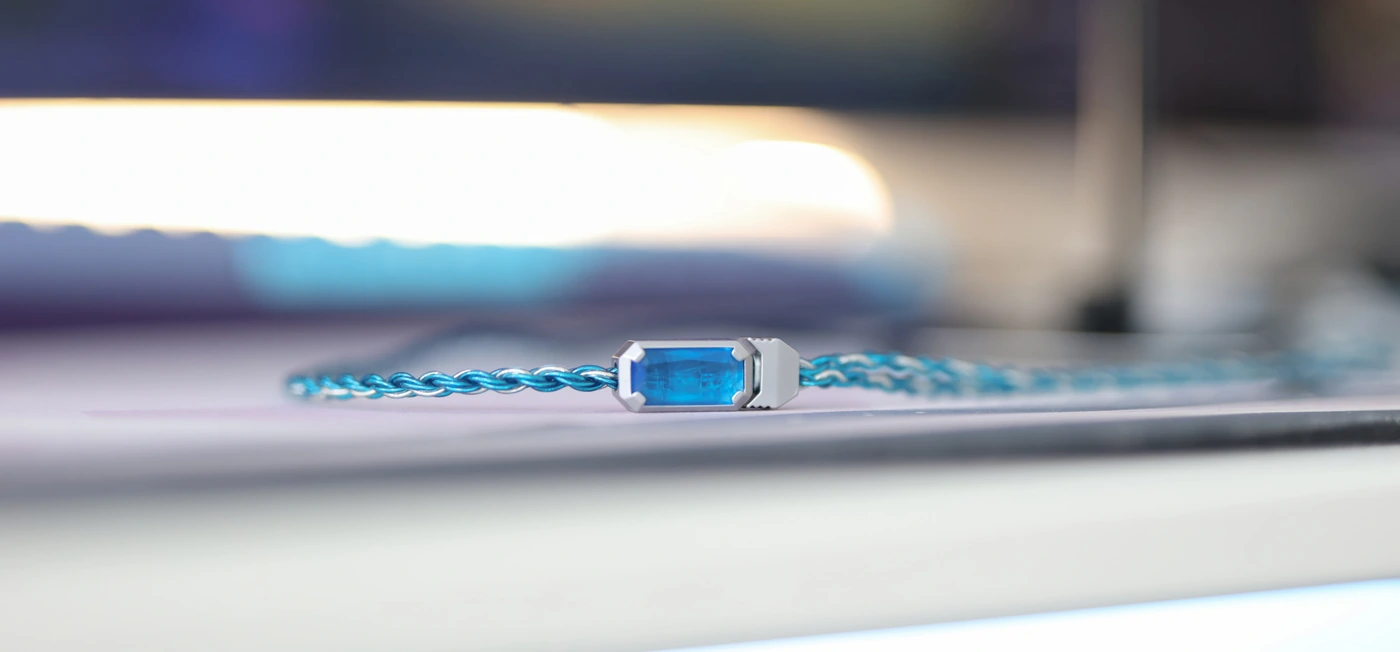
At the end of the day, if you want a beautiful looking cable, and a solution to open up the sound of your IEMs, to improve the resolution, dynamics and clarity of your IEMs, and to give them a more brilliant treble, Luminox Sapphirus is an excellent cable with an excellent price.
Product Link
You can grab one here – https://amzn.to/3x5n1eH
--- Please remember to stay safe, and always have fun while listening to music!---
- If you have a dime to spare, please donate, and help us! It would make the day brighter for me and my wife-
Full Playlist used for this review
We listened to more songs than those named in this playlist, but those are excellent for identifying a sonic signature. I recommend trying most of the songs from this playlist, especially if you’re searching for new music! The playlists are different for Spotify, Tidal and Youtube, and based on the songs I enjoy and are available on each!
https://www.youtube.com/playlist?list=PL_cjBXGmwSHSdGcwuc_bKbBDGHL4QvYBu
https://open.spotify.com/playlist/5J3oloz8Riy9LxEGenOjQ0?si=979ba4f082414be7
https://tidal.com/browse/playlist/330fd544-8e5b-4839-bd35-676b2edbb3d5
--- Contact Us ---





